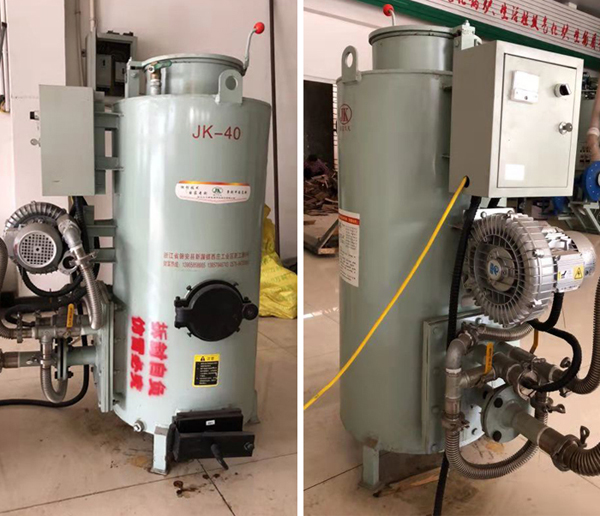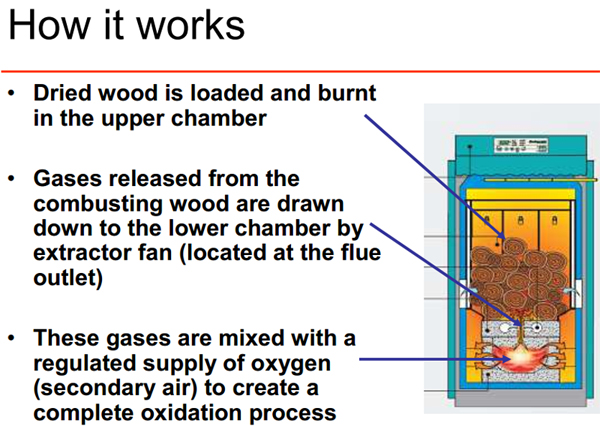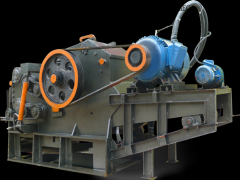Gasifier Stove
The model JK-40 gasifier is the new renewable product of our company. It can generate clean and useful gas with wood and other agriculture wastes, such as corn straw, wood shavings, corn core, peanut husk, rice husk, etc. The gasifier is equipped with a fuel hopper of 25kg batch that holds enough wood sawdust or shavings for over 25 hours operating time. The fan provides combustion air through nozzles to produce a rich gas mixture sufficient for starting and powering a water heater and stove.

The wood gasifier can save you large quantities of diesel oil(HSD), LDO, furnace oil and other petroleum products through use of either rice husk or wood. When the wood gasifier is working, it can turn the wood into carbon monoxide and hydrogen by reacting the raw material at high temperature with a controlled amount of oxygen. Without oxygen, the wood can't burn so it transforms into gas, which can be burned for heating or as fuel for internal combustion engine to make power. The process of converting wood into flammable wood gas releases more useful energy, in a more usable form, than burning directly.

Technical Data:
Model JK-40 Wood Gasifier
Raw material Corn stalk, Wood Waste, Branch
Gas output rate 2m3/h
Gas calorific value 1460KJ/m3
Efficiency of gasification >70%
Draught fan power 220V
Material batch amount 25kg
Material consuming rate 10kg/h
Operating time 2.5 hours
Size(mm) 1500X700X700, 400X800X1200
Types of raw materials:
1) Crop stalks (corn, wheat, rice, cotton, etc.)
2) Waste wood and fuel forests (forests for timber, firewood forest, etc.)
3) Industrial organic wastes (sawdust, bagasse, chaff, etc.)
4) Energy plant residues (sugar energy plants, starch energy plants, fiber plants energy plants, oil energy plants, etc.)
5) Urban solid organic wastes (kitchen waste, waste paper, waste plastics, fiber litter, etc.)
Advantages of wood gasifiers:
1. They can be used to run internal combustion engines (or gas turbines, for maximal efficiency) using wood, a renewable resource in the absence of petroleum or natural gas, for example, during a fuel shortage.
2. They have a closed carbon cycle, contribute less to global warming, and sustainable in nature.
3. They can be relatively easily fabricated in a crisis using materials on hand.
4. They are far cleaner burning than a wood fire or a gasoline-powered engine (without emissions controls), producing little, if any soot.





